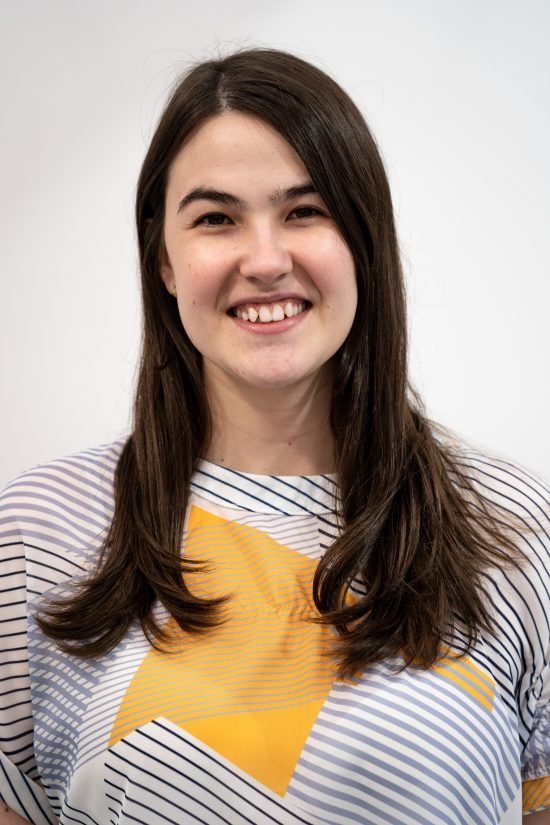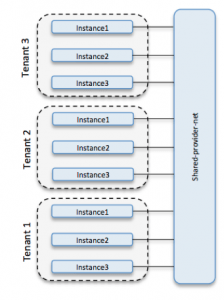
Spanish researcher Cristina Marquez got to work at MIT in the US on her passions for entrepreneurship and mobile applications, thanks to a grant from NGI Explorers. Cristina explains how she was able to realise a childhood dream and her determination to ensure gender balance in science.
Where does your passion for your subject originate?
I was born and raised in Madrid, Spain. Since I was a child, I have always dreamed of being an agent in the interplay between the digital and physical worlds. It started with a TV series about the Internet and since then, I wanted to understand it. I decided to embark on a B.Sc. degree in Telecommunications Engineering. While pursuing it, I taught myself how to code for mobile applications, and during my PhD I delved into the world of 5G mobile traffic usage in a European country.
My interest in raising female STEM vocations guided me to participate in Technovation Girls 2018 as a mentor, where I helped two teams of five young girls to develop their own ideas. My interest in entrepreneurship and mobile applications grew exponentially and is driving me to personal and professional improvement.
What was the status of your project before becoming an NGI Explorer?
The idea for the project was something that had been on my mind for a while. However, the opportunities to develop it were scarce with a full-time work contract and I was waiting for the right moment to make the draft a reality. NGI allowed me to do so, and my previous conversations with MIT about a collaboration together came true thanks to the NGI Explorers initiative.
Do you need EU funding? Consult the open calls section and find your EU funding.
What are your views on women in science, any advice to female researchers?
I believe women and girls are essential in Science, Tech, Engineering and Maths (STEM). It was something I already knew, but I cannot stress it enough. Currently, more and more sectors are more inclusive and have diversity policies. I expect them to follow an equal number of directives and employees of different genders. However, STEM vocations are low globally and this makes it even more difficult to reach this goal.
I encourage all women who want to work in STEM to try hard, even if they have doubts. Every experience in life brings learning and it is worth trying, regardless of the outcome. Ask as many questions as you need, to make informed decisions and follow what your heart desires. I would also recommend finding a mentor or supporters, as they could give you advice and a wider perspective when needed. If you can go abroad, please go. You will learn a lot about business, what you can and cannot improve and it will give you the chance to make connections, learn tons and experience a new culture.
In conclusion, I strongly believe that there is a massive underrepresented talent in the field that would boost technology towards better initiatives and products. I hope more women take the lead in the future while keeping a healthy work/life balance.
How did the US experience at MIT support your idea?
At MIT I was at the epicenter of technology, research and engineering. I not only got feedback from sociologists, but also from designers and experts with visualisation tools that allowed me to improve my work quality. For example, before the initiative, my knowledge about tools such as Mapbox was limited, and I consider that the result is that I have acquired new skills, particularly about developing my project into a viable product.
Could you explain in simple terms what is new and original in your project?

The interactive map I developed covers different parameters and statistics of past, current and future estimated mobile networks. I usually compare operators/network providers with landlords, and tenants as those who get a sub-leasing contract to offer their services, as described in this article.
The purpose of the tool I am developing is to make an interactive graph that could help tenants, operators and users to understand and to predict how new generations of networks will behave given current and past data of different services and applications. Furthermore, we could explore the question: do apps decide our habits, or do we choose our apps?
Will you be taking the idea further now that the support from NGI is over?
I’d love to. Currently, with the ongoing COVID-19 pandemic, I am considering when and how to continue. This project requires the collaboration of operators and tenants and taking into consideration the speed of the mobile market nowadays, it also requires a team to maintain it. Last but not least, the idea would be to have this data publicly accessible and collaborate with other industries to boost new lifestyles where connectivity and mobility are paramount.
Watch the interview with Cristina Marquez on the dynamic evolution of mobile traffic data around the world.
What is unique about the NGI community?
The NGI community gathers professionals from different fields that aim to improve the future with their knowledge. The support from NGI is constant and it is not only focused on developing the project, it also aims to establish long-term collaborations between the US and the EU. Personally, I enjoyed and learned a ton about intellectual property rights and entrepreneurship, topics that are of paramount importance in the tech field. Besides, the meetings with my mentor and organised webinars made the experience a complete success. I recommend being part of it.
More about Christina:
Twitter: https://twitter.com/PhD_CMarquez/
LinkedIn: https://www.linkedin.com/in/cristina-marquez/


